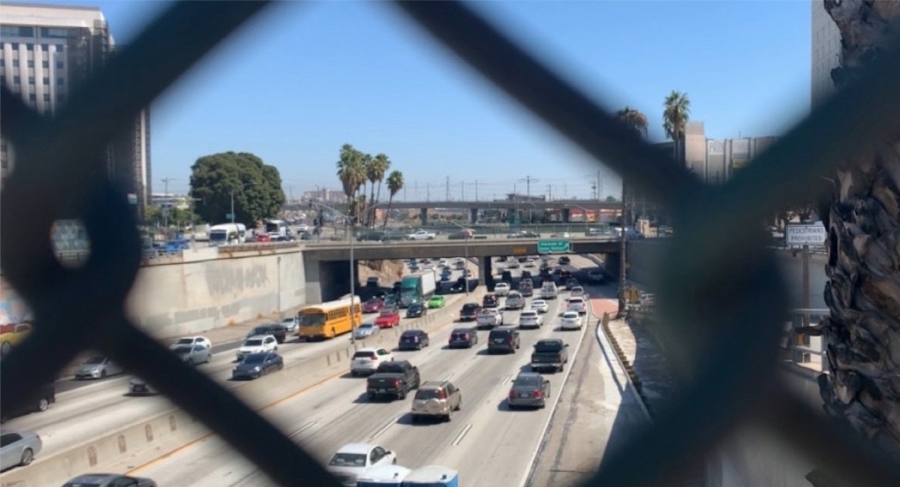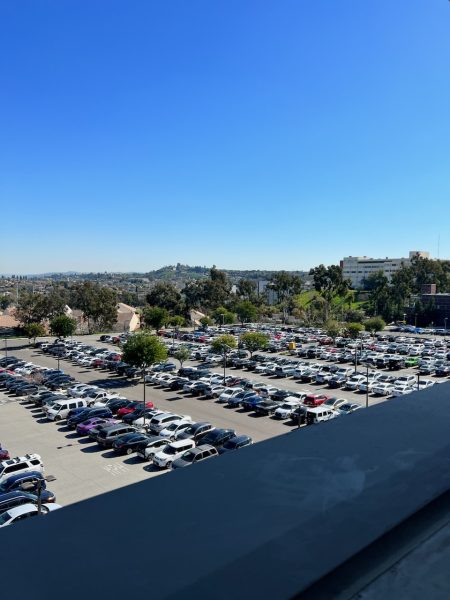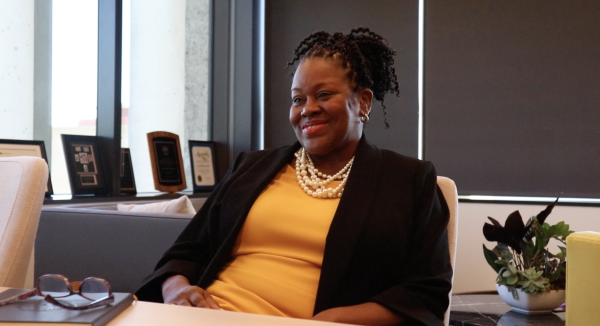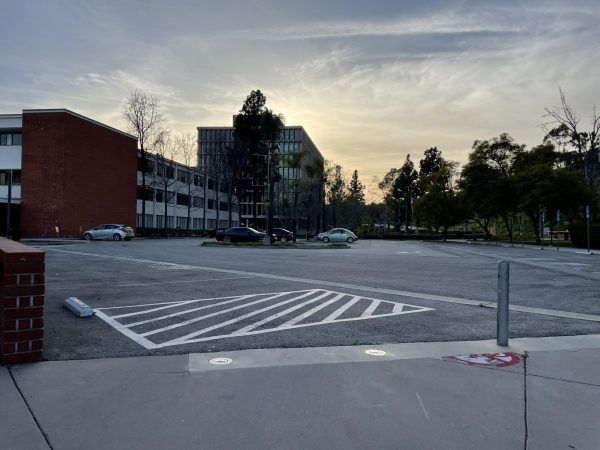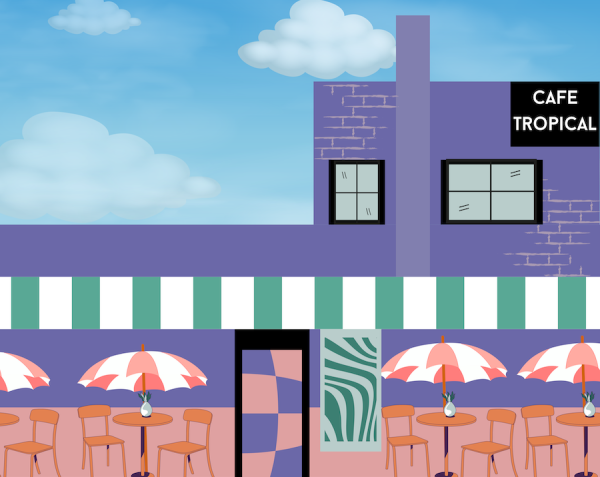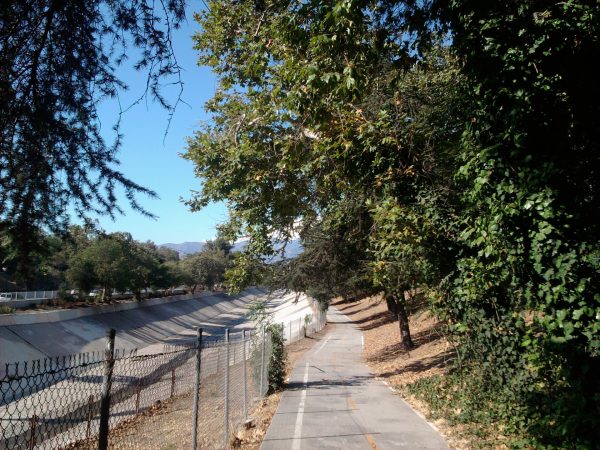Breathing easier: How eco-friendly transit can help those with asthma
People of color and poor folks are disproportionately affected by environmental hazards, study finds
Have you considered biking, walking, carpooling or taking public transit to work or school?
California public officials and health advocates are increasingly encouraging environmentally-friendly transit options, which can help commuters save time and in some cases, provide exercise. These options also help reduce pollution — the kind that has been making asthma and other conditions worse for many in South LA and the Eastside.
“I’ve had asthma since I was five years old, and it’s really, really bad. It’s bad pollution,” said Kimberly Castillo, who grew up in South Los Angeles.
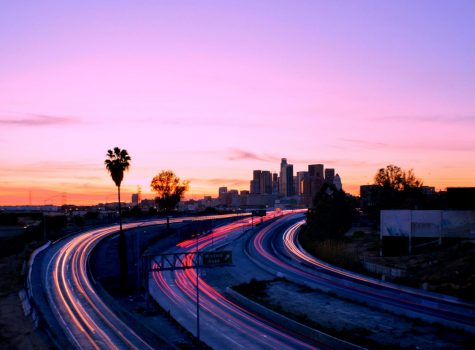
The city of Los Angeles holds the record for being the smoggiest city in the country, according to the American Lung Association’s 2019 “State of the Air” report. This matters because among other things, high pollution levels can “cause wheezing and shortness of breath and can trigger severe asthma attacks, heart attacks and strokes,” according to the association.
“Asthma is something that I’ve lived with my entire life,” said Nathan Aranda, a business major at UC Riverside. “Being a California resident for nineteen years now… the particles in the air really affect your asthma, it makes it a lot harder to breathe. I have to use my inhaler two, three times more.”
Aranda isn’t alone. Roughly 1 in 11 children in Los Angeles County have asthma and about 1 in 14 adults have it, according to the Asthma Coalition of Los Angeles County. In addition, the coalition reports that asthma rates have gone up over the past decade for Latinx and non-Latinx Black children.
“Latinos, African-Americans, Asian-Americans and low-income communities are exposed to substantially more air pollution from cars, trucks and buses than other demographic groups in California,” according to a 2019 report by the Union of Concerned Scientists.
Air pollution comes from significant amounts of substances such as nitrogen oxides and carbon monoxide being released into the air from motor vehicles, semi trucks, power plants and factories, according to Cal State LA Medical Director Dr. Monica Jazzabi.
“The number of cars that are driven in L.A. on streets, on freeways. We all know that cars are a source of pollution, air pollution,” Jazzabi said.
These chemicals can travel from the air into our bloodstream and lungs, which can trigger respiratory problems like asthma and bronchitis. What’s more, particulate matter — such as the kind emitted by cars and trucks — is “single-handedly responsible for up to 30,000 premature deaths each year,” according to the Union of Concerned Scientists.
The amount of pollution in the air can be reduced — if enough L.A. residents take action.
“I think if we can really think about either carpooling or just you know, ride sharing, or taking public transportation, and if you can walk, just walk,” says Cal State LA’s public health advisor, Wai Ping “Athena” Foong.
“Transportation is a big thing. Everybody who drives a car is pretty much is driving alone, sitting in one car,” she added.
Those who only have the option of driving solo can consider using an eco-friendly car.
This story was produced for JOUR 4820 Digital Journalism.

